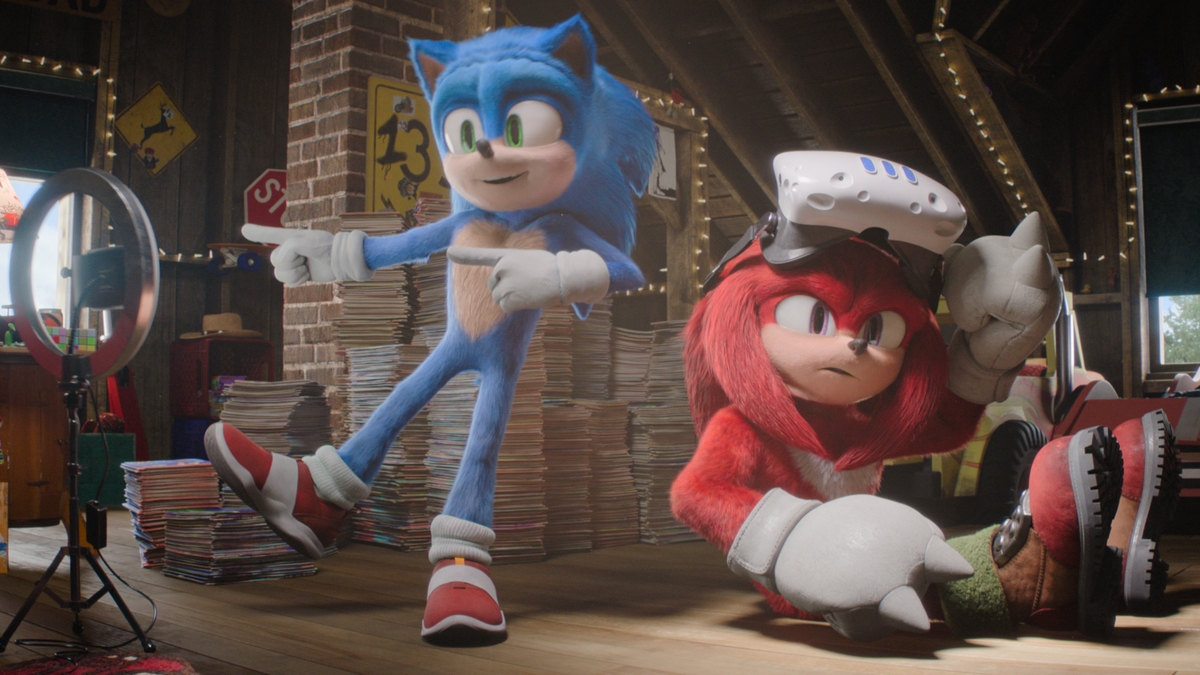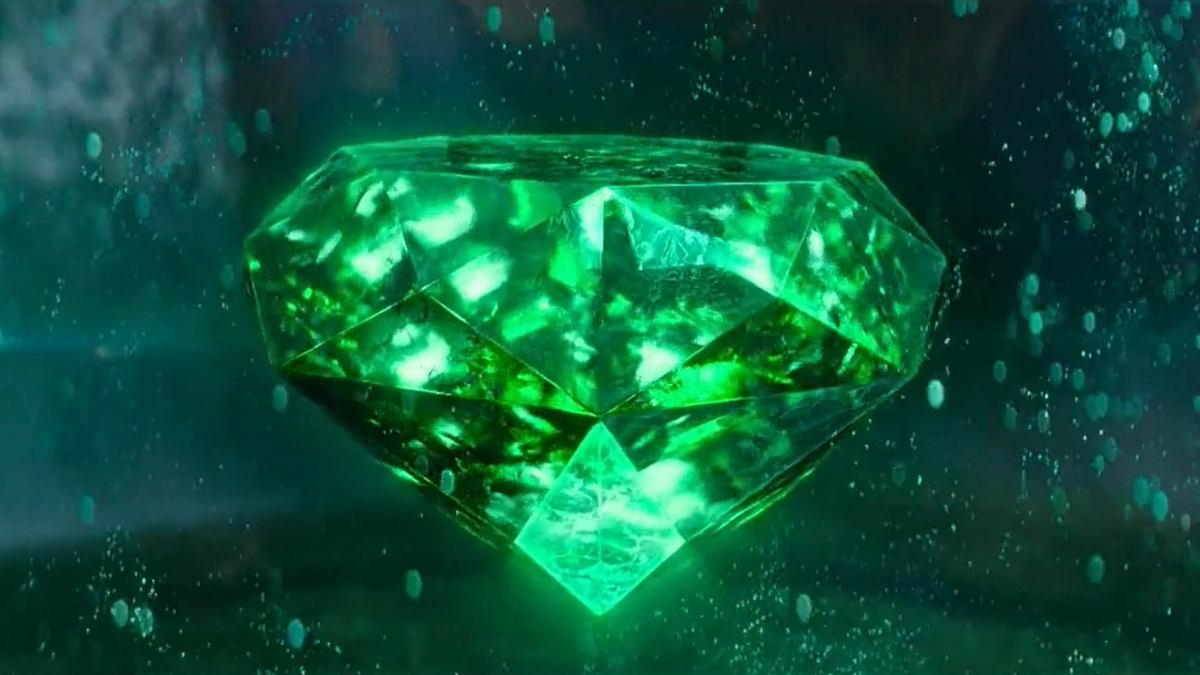Metroid has brought reliable platforming action to Nintendo consoles for over 35 years. The continuing adventures of bounty hunter Samus Aran, battling Space Pirates and halting the parasitic Metroid threat to the universe, have sold almost 20 million copies worldwide.
The franchise’s spiritual home is a side-scrolling action platformer, although it has branched into different formats along the way, including a highly successful switch to first-person 3D with its Prime offshoot. Along the way, Metroid has established recognizable gameplay and graphical features while growing compelling mythology. As it has proven its place alongside Nintendo’s major properties, Metroid has continued to mine darker places than are usually found in the game giant’s library of titles.
Metroid games have repeatedly pushed the world of Nintendo to new levels, although the series has frequently returned to its roots. Just like the first, the 2021 addition to the franchise is a side-scrolling platformer. Metroid Dread is being marketed as the conclusion of the series’ 2D story. Given the phenomenal reaction to the game, which became the fastest-selling game in the series in the U.K., U.S., and Japan, it’s difficult to see Samus’ future as entirely 3D.
The success of Metroid Dread has bolstered the whole franchise, boosting sales of previous entries across multiple Nintendo platforms, including Switch, 3DS, and Wii U.
What better time to look back on those games and see how they compare? From ‘Pinball’ to ‘Prime,’ here is our ranking of the Metroid game.
12. Metroid Prime: Federation Force (2016)
Metroid Prime was a popular reinvention for the franchise that lent its name to several spin-offs. Federation Force was a co-op first-person shooter for the 3DS and sidelined Samus to a cameo. Not a good start.
Set after Metroid Prime 3: Corruption, it puts players behind the visors of Galactic Marines rather than bounty hunters, tasked with finishing off the Space Pirate threat once and for all.
Its focus on cooperation rather than the fierce competition of Metroid Prime: Hunters and didn’t prove as popular. Even the addition of a soccer-based in-game Metroid-Prime Blast Ball didn’t help. Both concepts suggest that ideas spinning out of the Prime universe hadn’t been off the drawing board long enough. Released during a hiatus of the main Prime games, it failed to make the Japanese Top 20 games chart on release.
11. Metroid Prime: Other M (2010)
Following up Metroid Prime was a tough job, even for Samus. Other M had to break the mold, but by merging Metroid’s 2D tradition with the 3D of Prime, it came unstuck. Set between Super Metroid and Metroid Fusion, this Wii game finds Samas exploring a deserted space station and a platoon of Galactic Federation Marines.
Developer Team Ninja prioritized mass appeal by combining a simple control scheme with a renewed focus on character. But while exploration integral to the series was well-received, the first-person elements were not. As players couldn’t move their character during the first-person shift, it was more of a handicap than innovation. This experiment in marrying two traditions knocked the franchise into hiatus.
10. Metroid Prime Pinball (2005)

Metroid Prime was successful, so it could be forgiven for unleashing oddities like this title. Of course, this isn’t a platformer, but it made great use of the familiar features of the Metroid franchise. Classic pinball was enhanced by new mechanics like wall jumping and weaponry – innovations that were well suited to the Nintendo DS’s touchscreen.
9. Metroid: Samus Returns (2017)
The second game in the franchise, 1991’s Metroid II: Return of Samus, brought Samas Arun to handheld consoles and found a special place player’s hearts, but the best was yet to come. This remake for the 3DS was a 2.5D scroller that updated controls and enhanced graphics. It also introduced new gameplay such as free aim and melee counterattack to Samus’ mission to wipe the Metroid threat from planet SR388, on the way encountering the Queen Metroid and old foe Ridley, now part-mechanized.
8. Metroid Prime Hunters (2006)

Part of the Prime universe, Hunters was another first-person shooter (FPS) test for Nintendo’s hardware. It could have been a branded front for several multiplayer deathmatch concepts, but it drew impressive graphics and mechanics from the 3Ds hardware. ‘Hunters’ enhanced its FPS aspects, including multiplayer modes and voice chat. But a fiddly control system and formulaic levels knock an impressive entry down the list.
7. Metroid (1986)

The original game is an NES legend all the way to its disarming end-of-game reveal. It fused the platforming of Super Mario Bros. with the exploration of The Legend of Zelda. Metroid became an important property for Nintendo despite the darker tone and subject than either of those stable-mates.
We first encounter Samus on Zebes, retrieving parasitic Metroids stolen by Space Pirates before they became biological weapons. As Samus first went up against Space Pirate boss Ridley, the platformer introduced the familiar features that created a legend, including Hirokazu Tanaka’s organic score that blurred music and effects. Its maps, music, and focus on details combined with challenging gameplay set the franchise’s tone.
6. Metroid Dread (2021)
A Metroid game 15 years in the making, Metroid Dread tested the patience of franchise devotees. Metroid enthusiasts had been urging the franchise to return to its 2D roots, but should they have been careful what they wished for? No. It’s a polished example of the side-scrolling genre that modernized parts of the 35-year old franchise while introducing a new generation to its heady mix of exploration and deft combat. It’s not the first Metroid game to be criticized for being a bit short.
5. Metroid: Zero Mission (2004)
Controversially ranking higher the original game it remade, Zero: Mission did more than add a bleak and literal title. After 18 years, it was time to update the visuals and the gameplay for the handheld generation. Released on Game Boy Advance (GBA), Zero Mission took the chance to explore Samas’s background while fine-tuning the mechanics of power-ups that unlock map areas. Along with Metroid Fusion, it completed the franchise’s quality run on the GBA.
4. Metroid Prime 2: Echoes (2005)
Metroid Prime 2: Echoes wasn’t for everyone. It took a darker turn after the first game’s glowing and brilliant gameplay. Well, half of it. It has a steep learning curve but is set apart by its inclusion of light and dark parallel dimensions, changes in either of which affect the other.
Echoes needed to build on its predecessor and innovate. The result was a storyline that dragged its enhanced story to darker and more challenging places than the franchise had been before.
3. Metroid Prime 3: Corruption (2007)
The Prime trilogy transformed Metroid, and Nintendo has confirmed that this off-shoot will continue. It’ll be interesting to see how the main Prime series works on new generations after this satisfying conclusion to the original run. Corruption corrected the criticism of Echoes and landed a fine, if not ground-breaking, resolution to the trilogy. This third installment was all about doing things well. But while its control system was a peak of Wii’s motion sensitivity, it was a little less successful innovating on the console than the original Prime had been on GameCube.
2. Metroid Fusion (2002)
Fusion snuck out on GBA to become the best-regarded Metroid sidescroller. It’s infuriatingly difficult to find given the success of sequel Dread, unless you have the original cartridge or access to the digital game through 3DS’ early Ambassador program, but it’s worth it. ‘Fusion’ is a challenging platformer, acclaimed for its tight gameplay, controls, graphics, and music. Only its short length and a slightly linear mission knock it back.
1. Metroid Prime (2002)
2002 was a big year for Metroid. GameCube was a fun concept from Nintendo that was held back by its generation of games. The tentpole releases of 2002, Mario Sunshine and Legend of Zelda: The Wind Waker, divided their respective fanbases, but Metroid: Prime surprised devotees, bringing back old fans and attracting new ones. This was an exclusive on Gamecube’s unusual game disks that would influence games on every platform, just when other high-powered consoles thought they had first-person shooters sewn up. While Prime made the jump into a new dimension, it skillfully lifted the classic Metroid, transformed platform mechanics, and created a new and compelling experience. A beautiful mix of sound design, graphics, exploration, and Metroid mythos. Plus, its exhausting catalog of secrets and collectibles answered purists immediately. Prime remains an awesome game, and a remake is high on the wishlist for many gamers.







